Budgie Basics: The Ultimate Guide for Pet Budgie Keepers
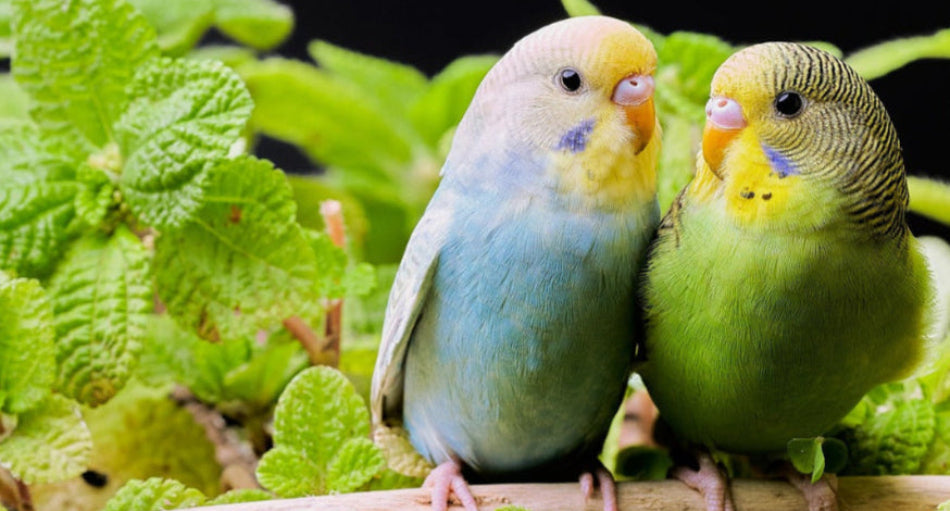
Expert Guidance from Champion Bird Breeder Chris Snell
With over 60 years of bird breeding success, Chris Snell shares essential knowledge for keeping pet budgies happy, healthy, and thriving.
Nutrition: The Foundation of a Healthy Budgie
A balanced diet is crucial for your budgie’s energy, feather quality, and overall health.
-

The staple diet
Feed a high-quality mix containing 40–50% canary seed and mixed millets such as Bravo Budgie Mix.
Ensure the mix is clean and dust-free to prevent respiratory issues.
Check seed pots daily husks can make bowls look full, so gently blow them away to expose fresh seed.
-

Essential Grit: The Bird’s ‘Teeth’
Budgies do not have teeth, so they need grit to grind down food in their gizzard.
Provide both soluble and insoluble grit at all times.
Soluble grit (such as oyster shell) dissolves and provides calcium for strong bones.
Insoluble grit (quartz, flint) helps mechanically break down food.
-

Weekly Treats and Supplements
Millet spray – Offer half a spray per week for nutrition and enrichment.
Budgie tonic seed – Either choose a budgie mix containing tonic seed or provide a small bowl weekly for extra conditioning.
Fruits and vegetables – Introduce small portions of safe vegetables such as:
Broccoli, carrots, sweetcorn, spinach, dandelion leaves.
Apple (no seeds), grapes, banana.
Avoid avocado, onion, garlic, and chocolate, as they are toxic.
Iodine nibbles and cuttlefish bone – Essential for minerals, beak maintenance, and entertainment.
-

Fresh Water: A Daily Essential
Change drinking water daily to keep it clean.
Consider a drip water dispenser to reduce contamination.
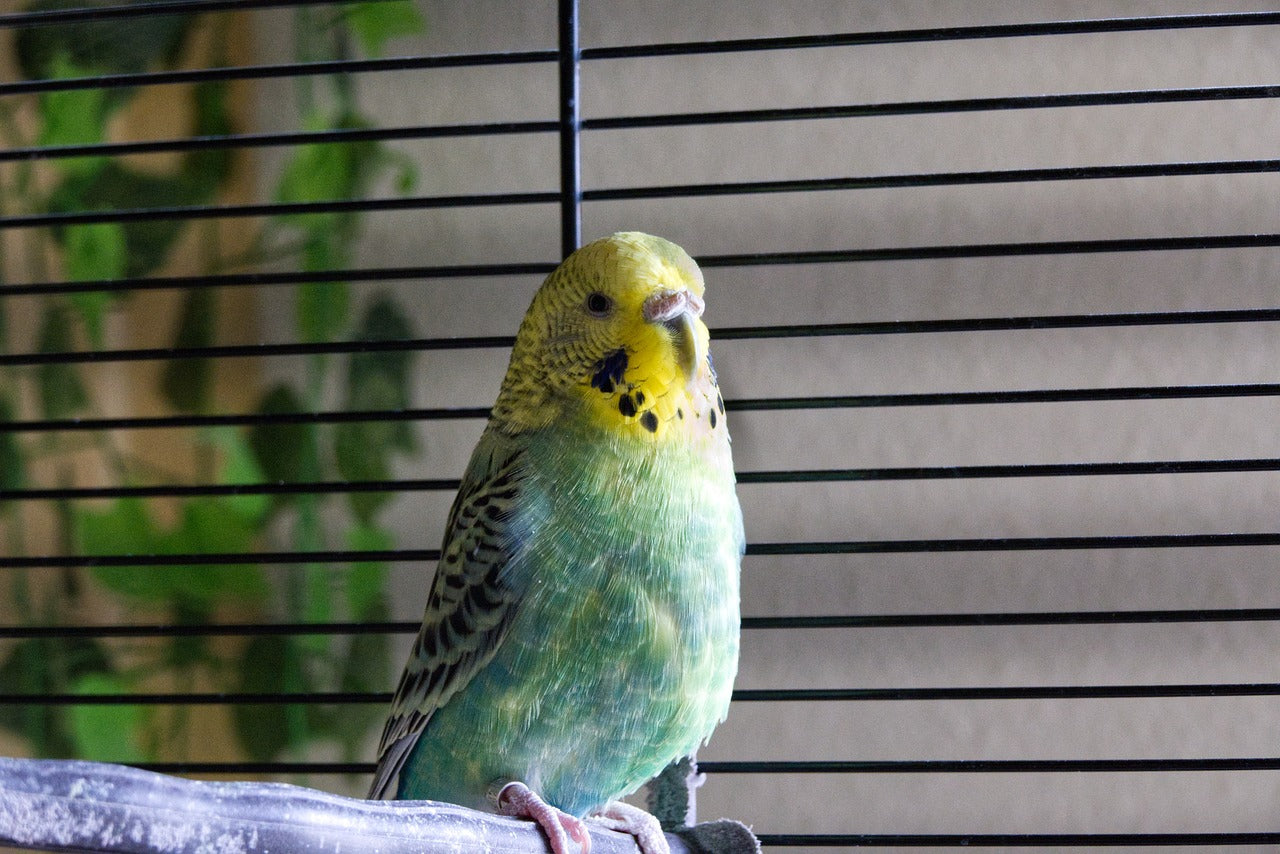
Housing and Cage Setup
Budgies need a safe, comfortable environment to feel secure.
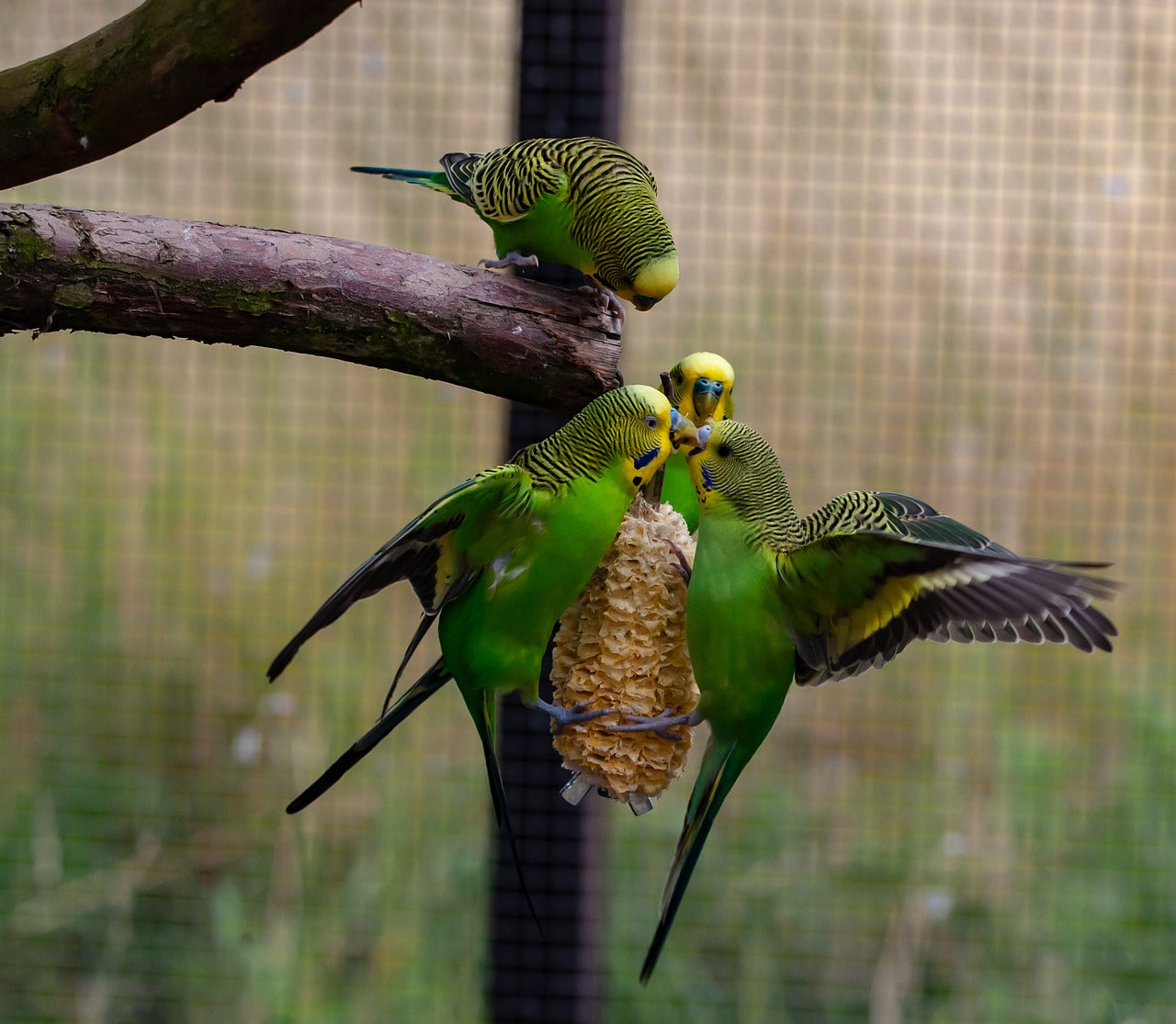
Cage Size and Placement
Cage size
The bigger, the better.
Minimum size: 18" (W) x 18"
(D) x 24" (H) per bird.
A wider cage is better than a tall one, as budgies fly horizontally.
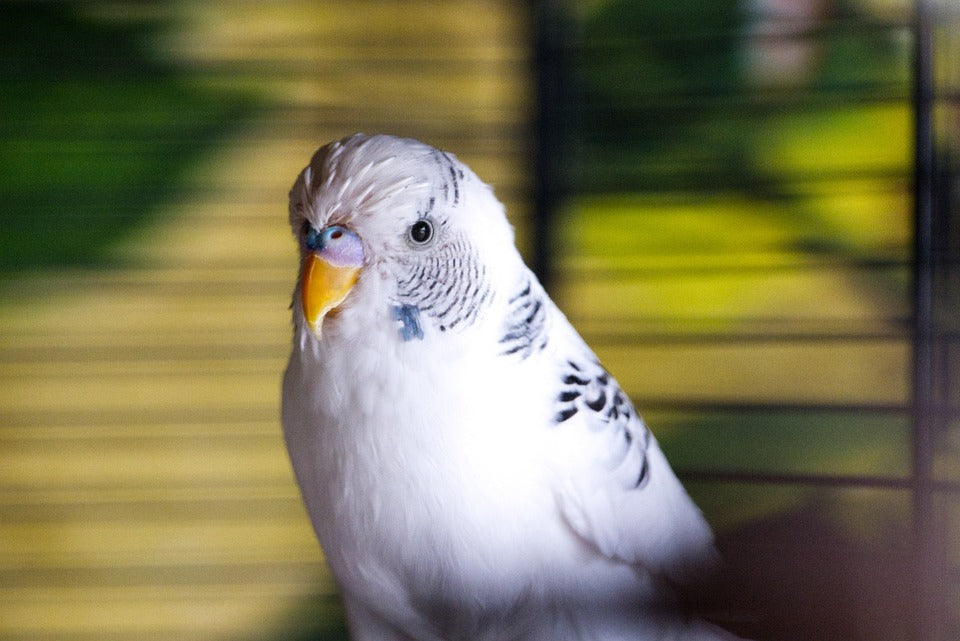
Where to put the cage
Siting
Place in a bright area but out of direct sunlight to prevent overheating.
Keep away from draughts but in a well-ventilated space.
Avoid placing the cage in the kitchen—fumes from non-stick cookware (Teflon) are toxic to birds.
Cover the cage at night to reduce stress and keep warmth in.
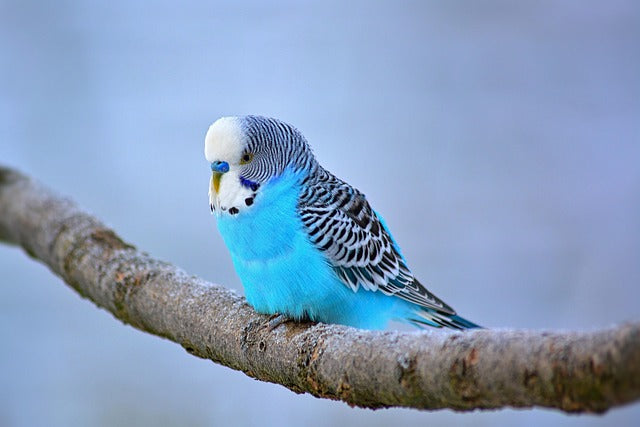
essentials
Perches and Accessories
Use natural wood perches (such as apple, willow, or hazel) to promote foot health.
Vary perch thickness to prevent foot problems.
Avoid sandpaper perches, as they can damage feet.
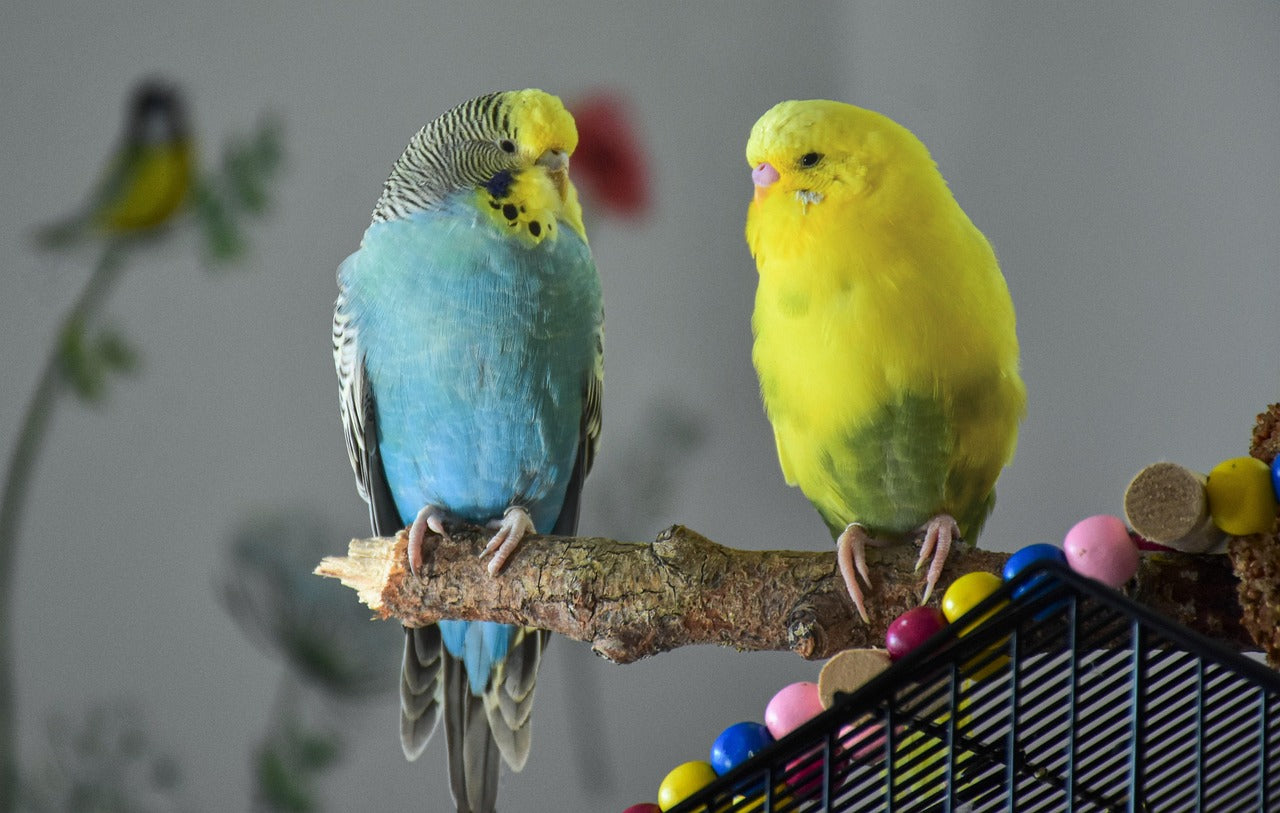
Entertainment
Toys and Mental Stimulation
Rotate toys regularly to keep things interesting.
Provide mirrors, bells, swings, and ladders.
Chew toys (made from safe wood) satisfy natural beak-trimming instincts.
Puzzle toys and foraging trays encourage mental stimulation.
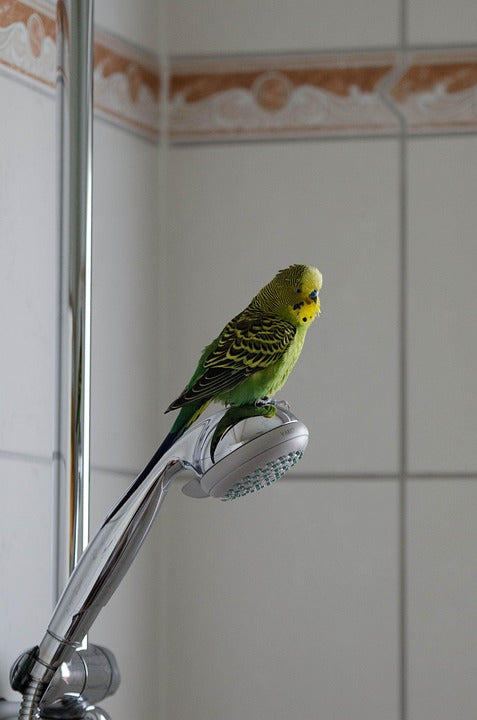
Budgies love bathing
Bathing and Feather Care
Offer a shallow bird bath once or twice a week.
Alternatively, lightly mist your budgie with a spray bottle.
Always use clean, lukewarm water - no soaps.
Socialisation and Taming
Budgies are intelligent and social - they thrive on companionship and mental stimulation.
Start with the basics!
Choosing a Budgie
Best age to start taming: 6 weeks old.
Best for talking: Male (cock) budgies -they are more vocal.
Taming Your Budgie
Step 1: Place your hand in the cage daily so the budgie gets used to it.
Step 2: Offer millet from your hand to build trust.
Step 3: Gradually encourage the budgie to step onto your finger.
Teaching Your Budgie to Talk
Budgies learn through repetition.
Speak clearly and frequently, using the same words.
Start with simple words such as "Hello" or the budgie’s name.
Be patient - some birds learn quicker than others.
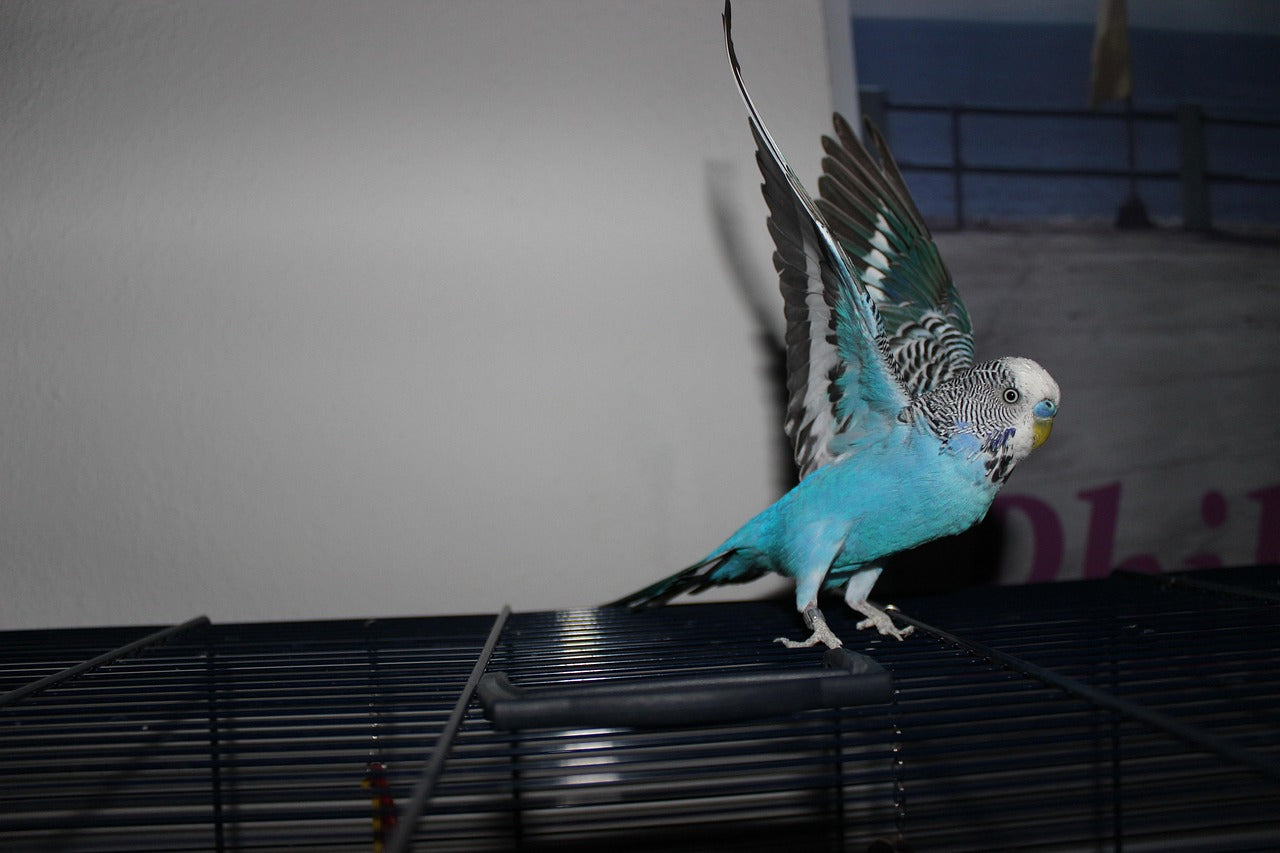
Exercise and Free Flight Time
Budgies need time outside the cage for exercise and mental stimulation.
-
Let your budgie out daily for at least an hour.
-
Ensure windows and doors are shut before letting them fly.
-
Windows can be dangerous - use net curtains or frosted glass.
-
Allow your budgie to return to its cage naturally by placing food inside.
Common Health Issues and Prevention
Knowing the signs of illness can help catch problems early.
Signs your budgie may need a vet
-
Fluffed-up feathers, sleeping excessively
-
Loss of appetite or difficulty eating
-
Discharge from eyes or nostrils
-
Tail bobbing (a sign of breathing issues)
-
Sitting on the cage floor for long periods
Preventative Care
-
Keep the cage clean - disinfect regularly.
-
Rotate perches and clean food and water bowls daily.
-
Monitor droppings - changes in colour or consistency can indicate illness.
-
Quarantine new birds before introducing them to existing pets.
Budgie Lifespan and Long-Term Commitment
Budgies can live for 10 or more years with proper care.
One bird or two? Budgies are social animals and they benefit from having a companion
-

Daily interaction and exercise are key to a happy bird.
-

A healthy diet and clean environment help prevent illness.
-

Budgies thrive in pairs or groups - consider a minimum of two if you are away often.
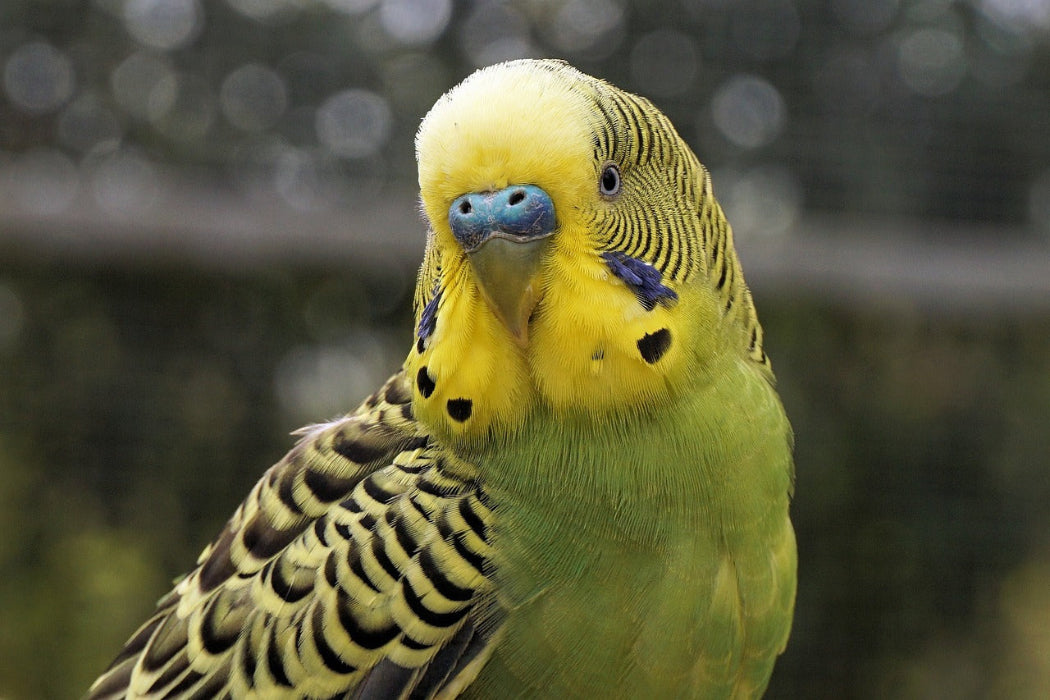
A Happy Budgie is a Healthy Budgie
By following this guide, you'll help your budgie live a long, healthy life filled with joy. Proper care, a balanced diet, mental stimulation, and a safe environment are key to keeping your budgie happy. With your love and attention, they will thrive and remain a delightful companion.






